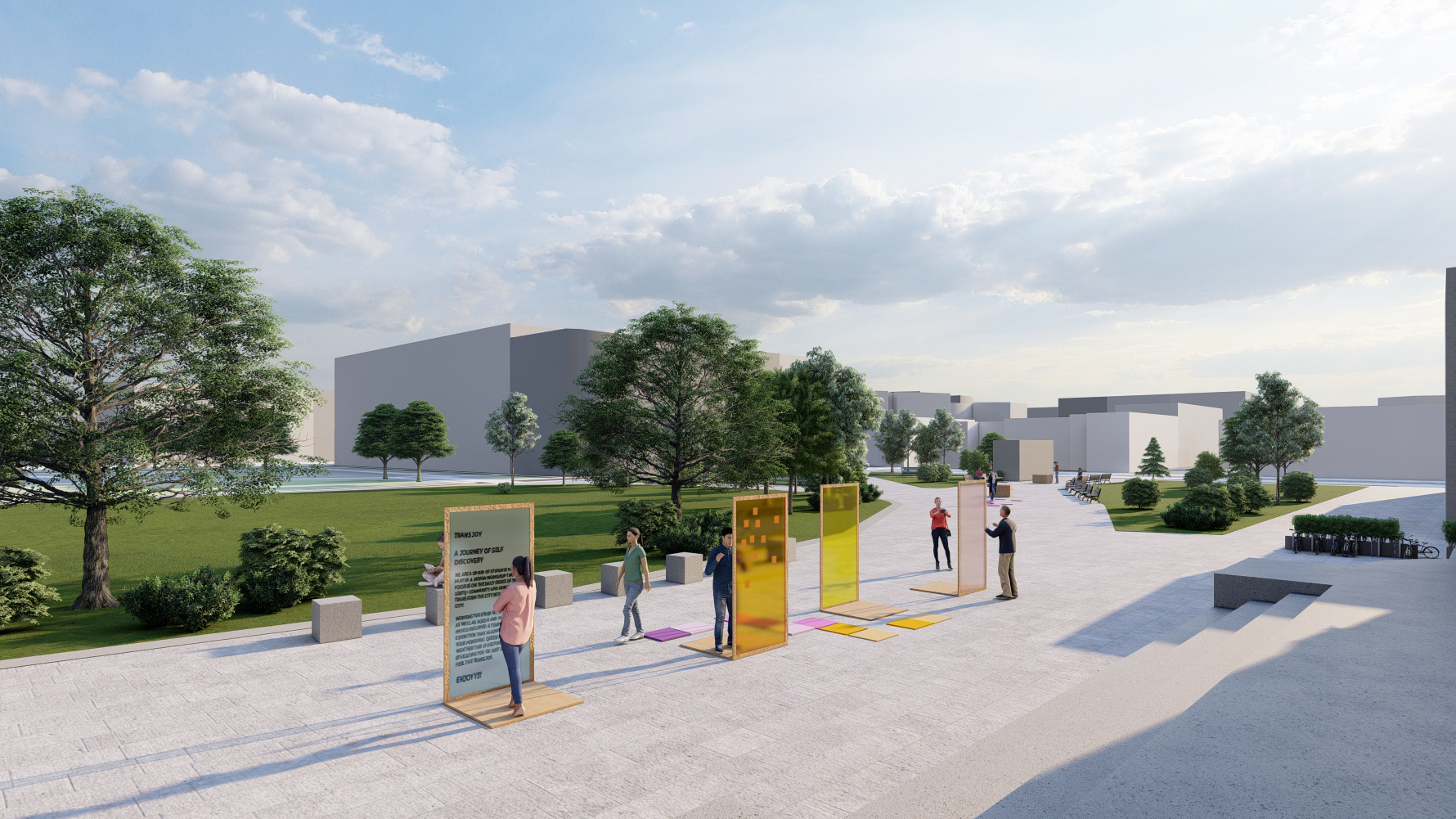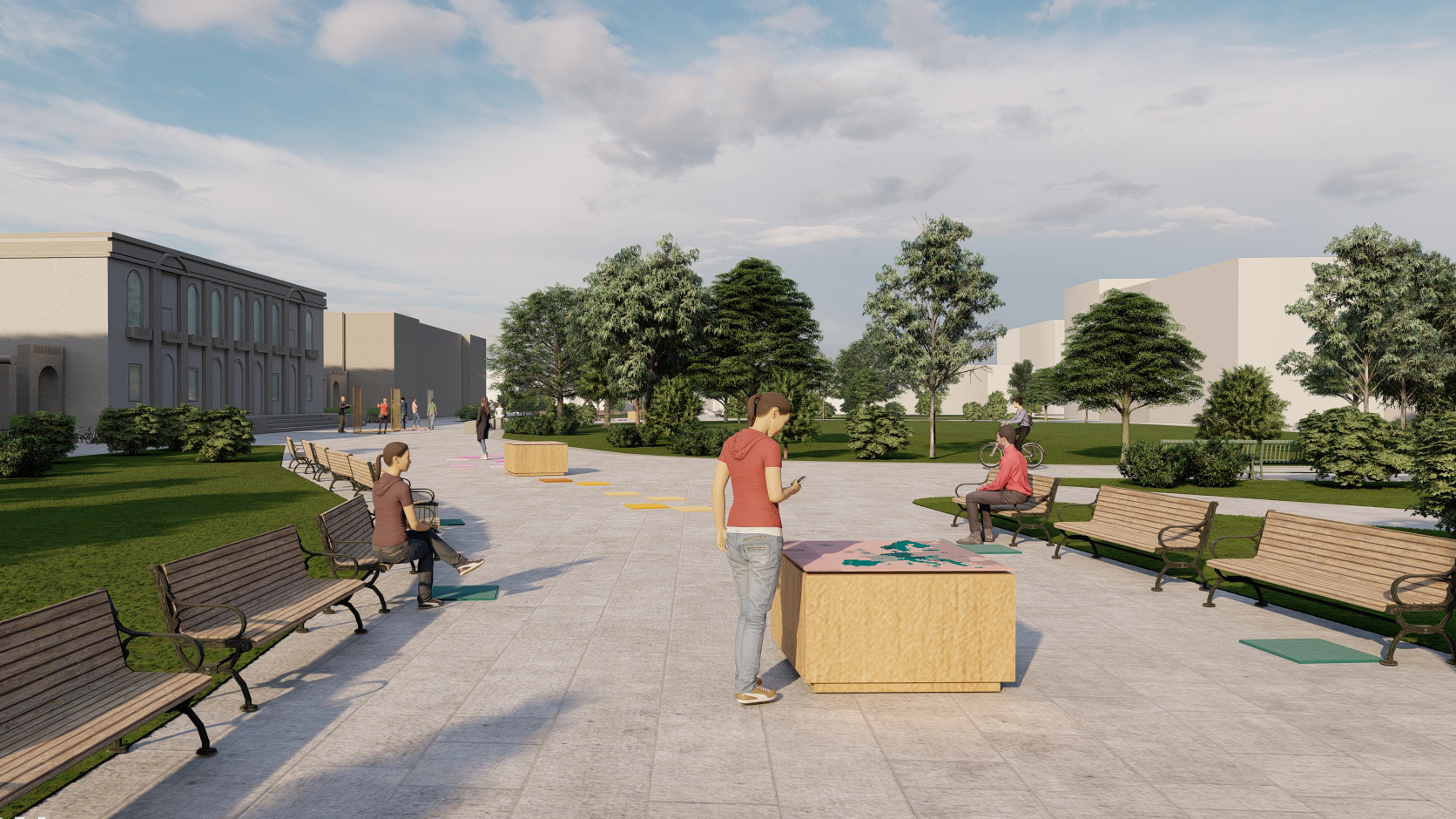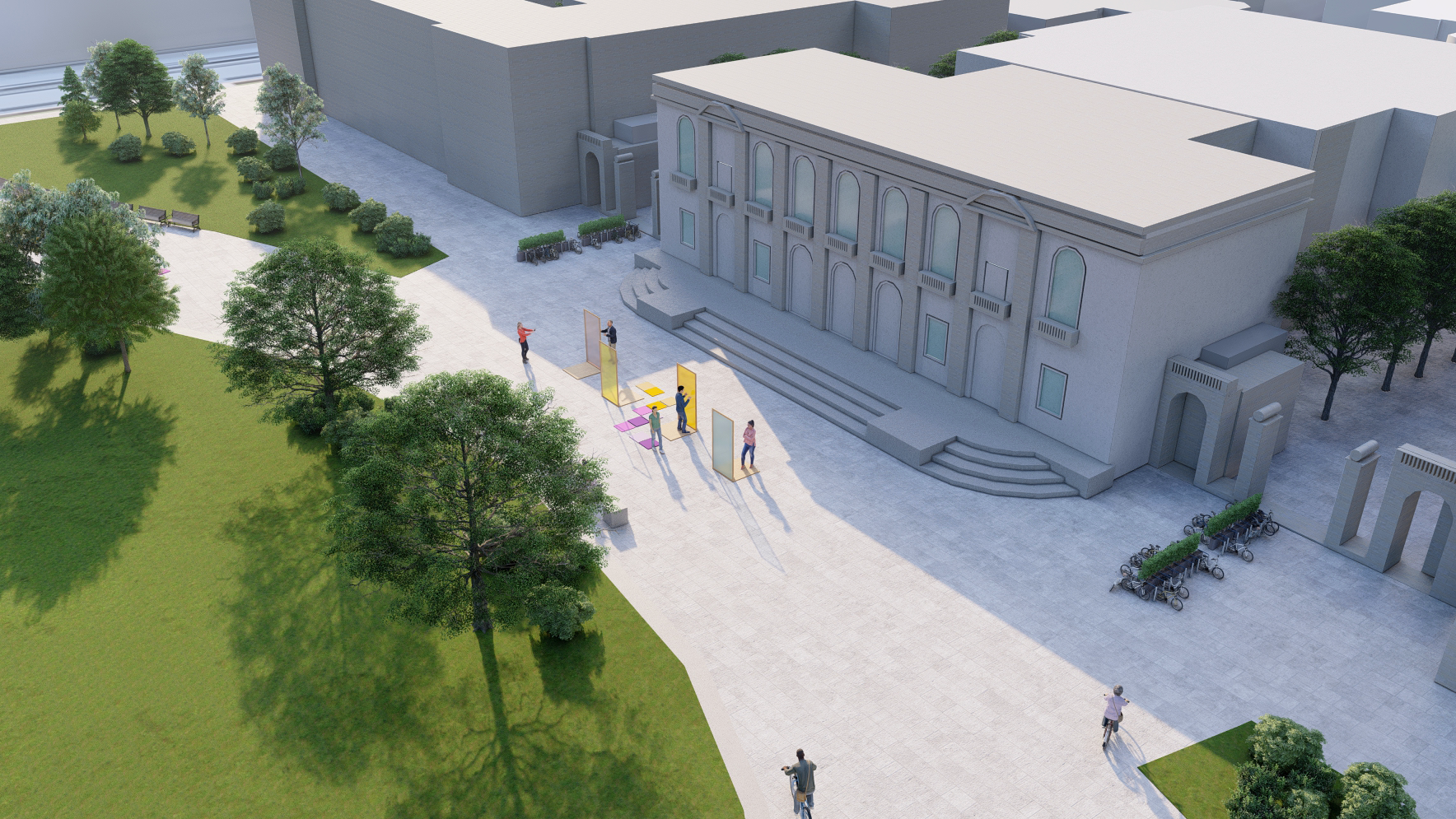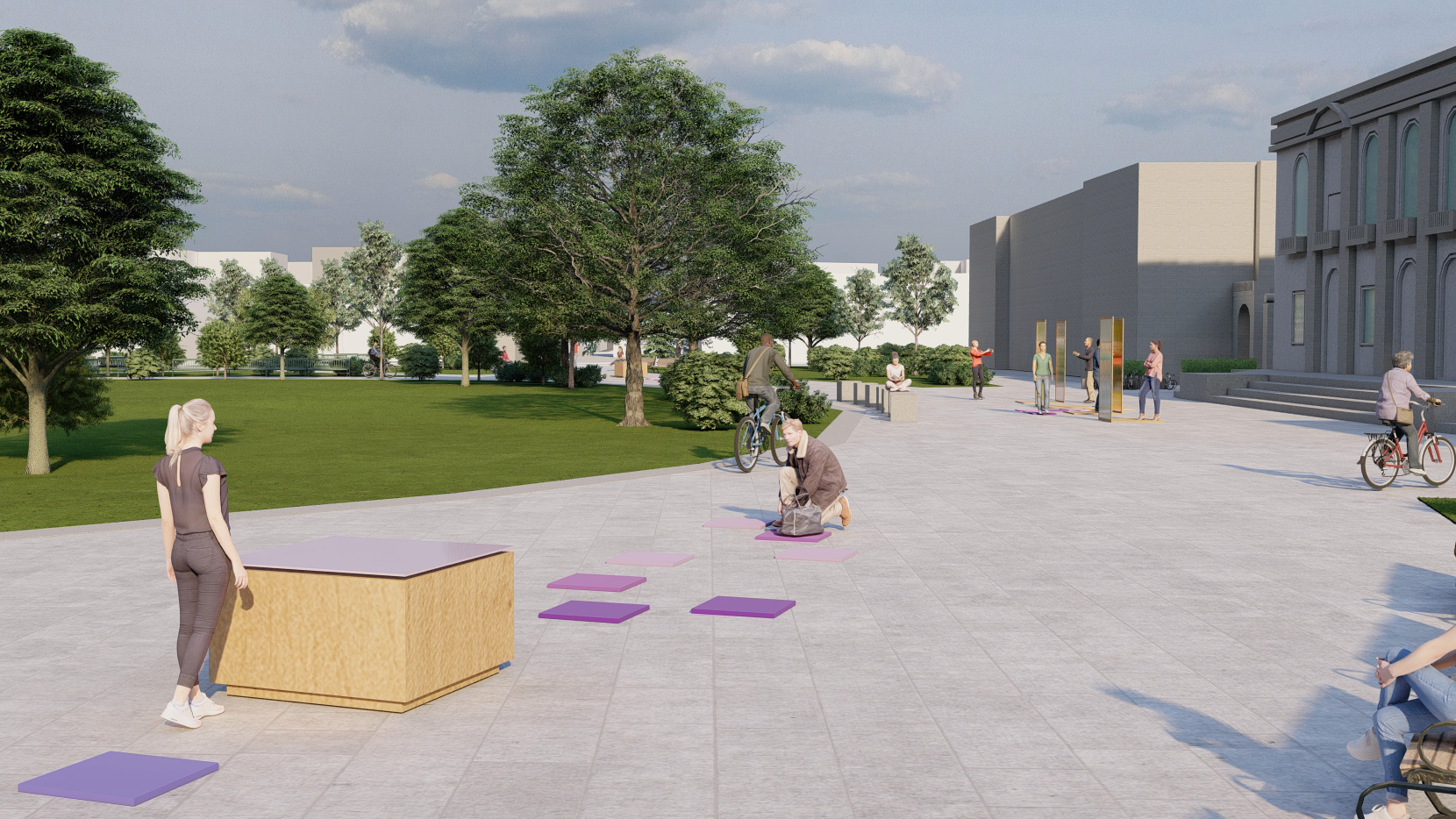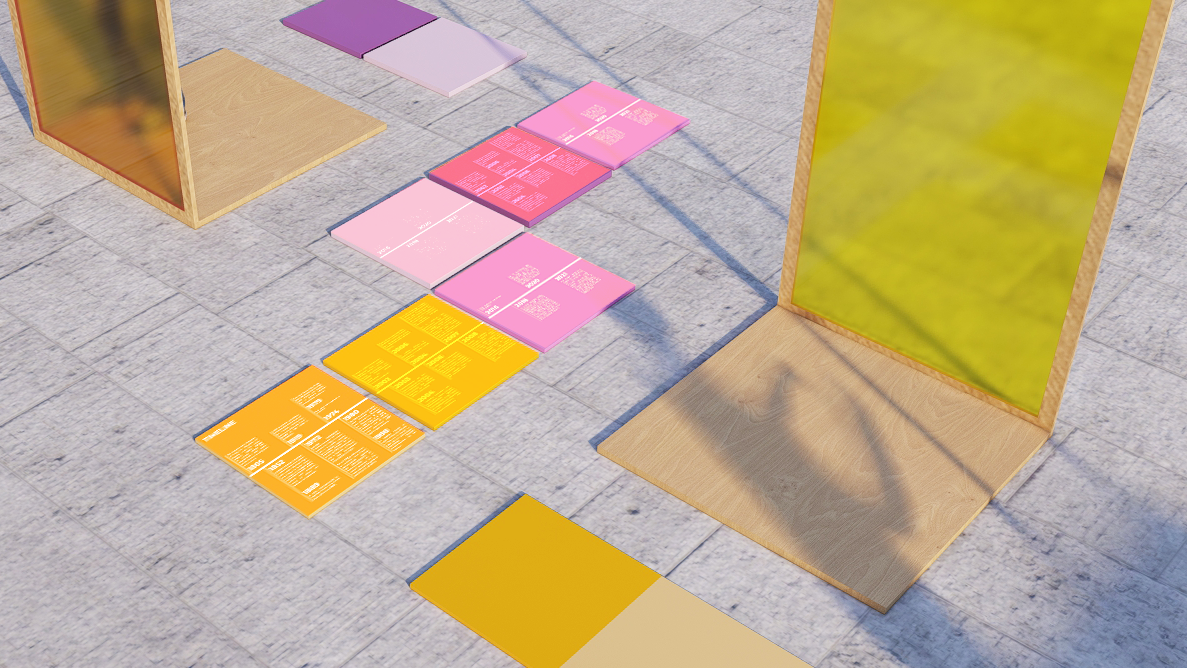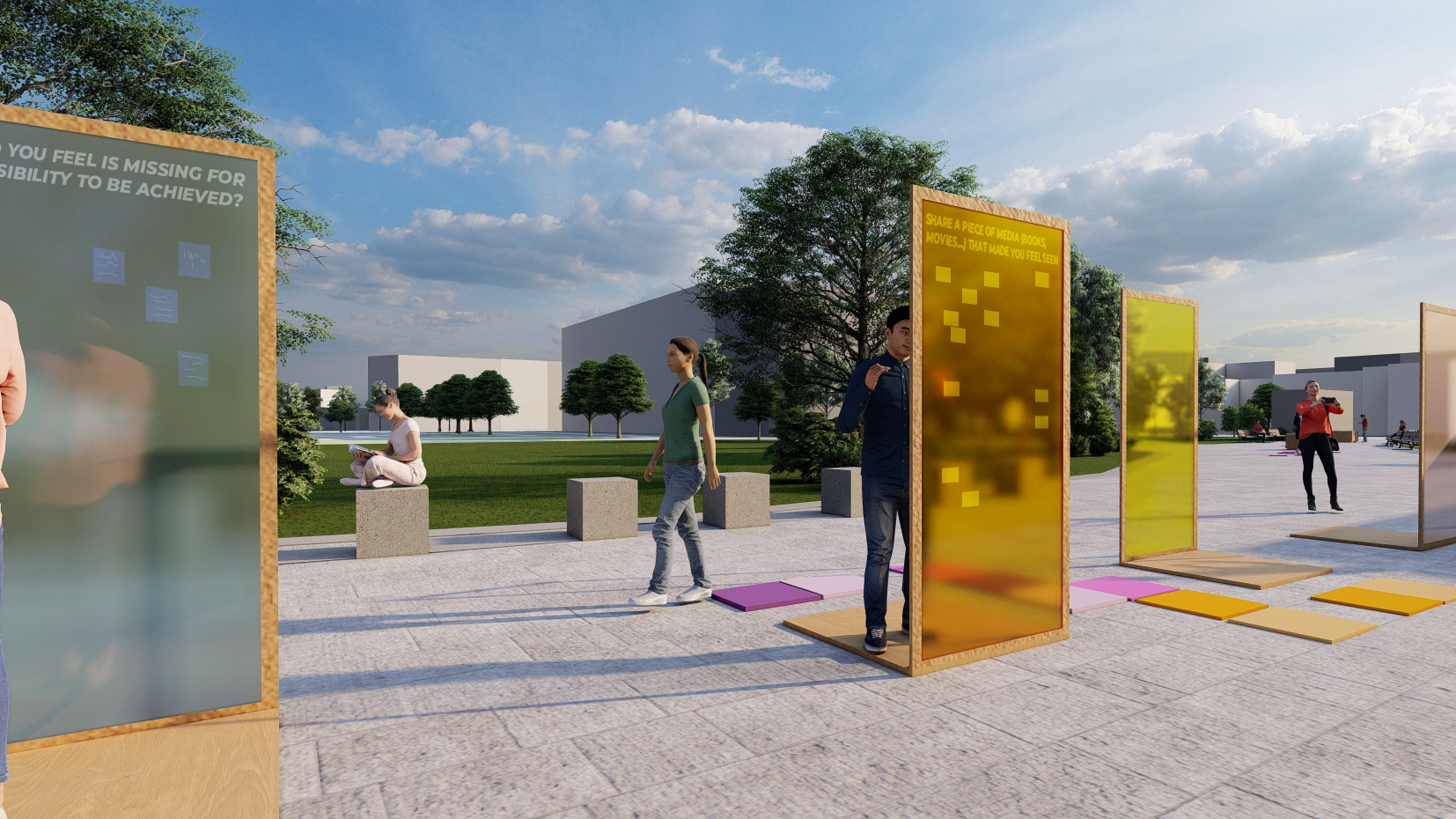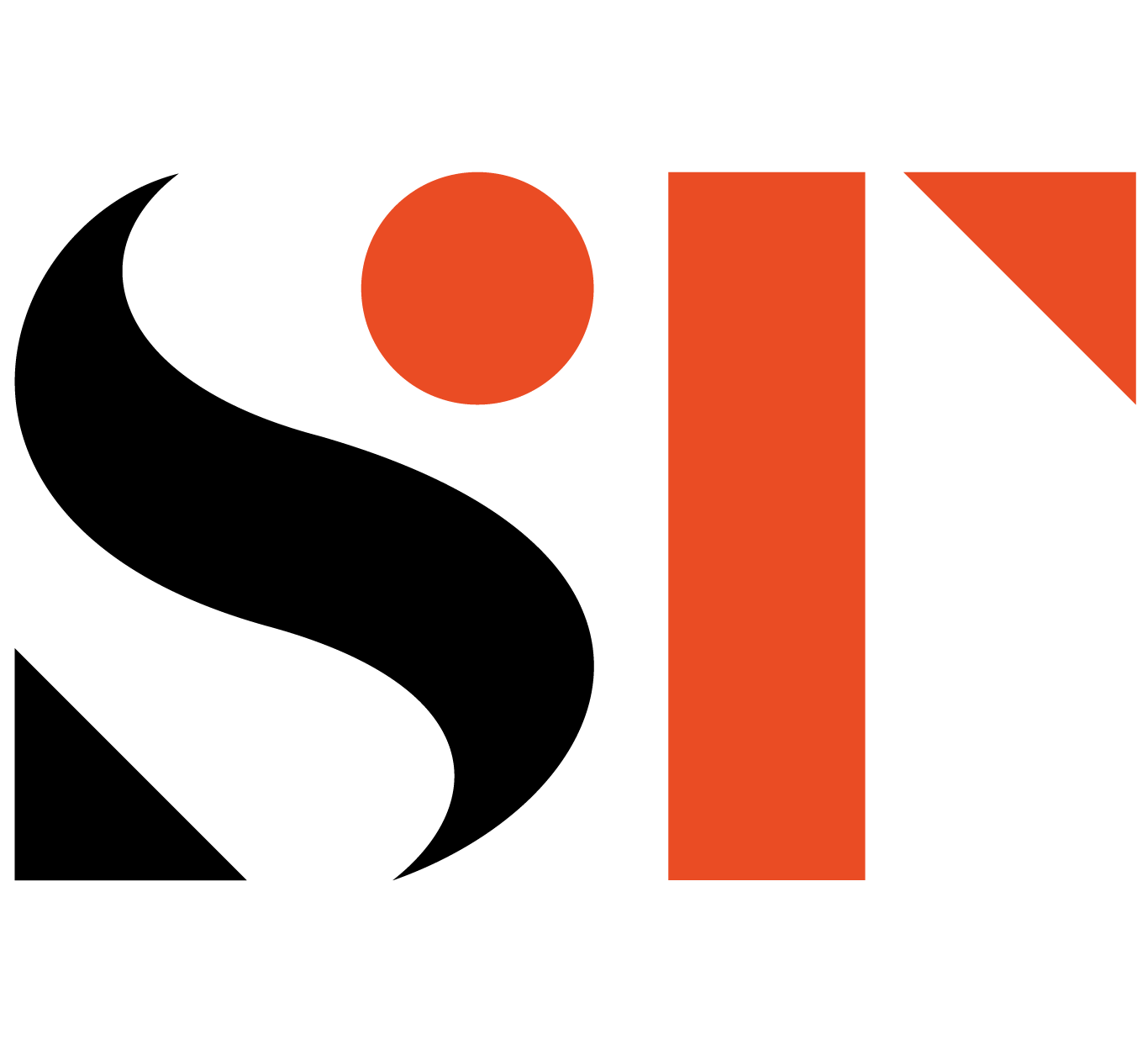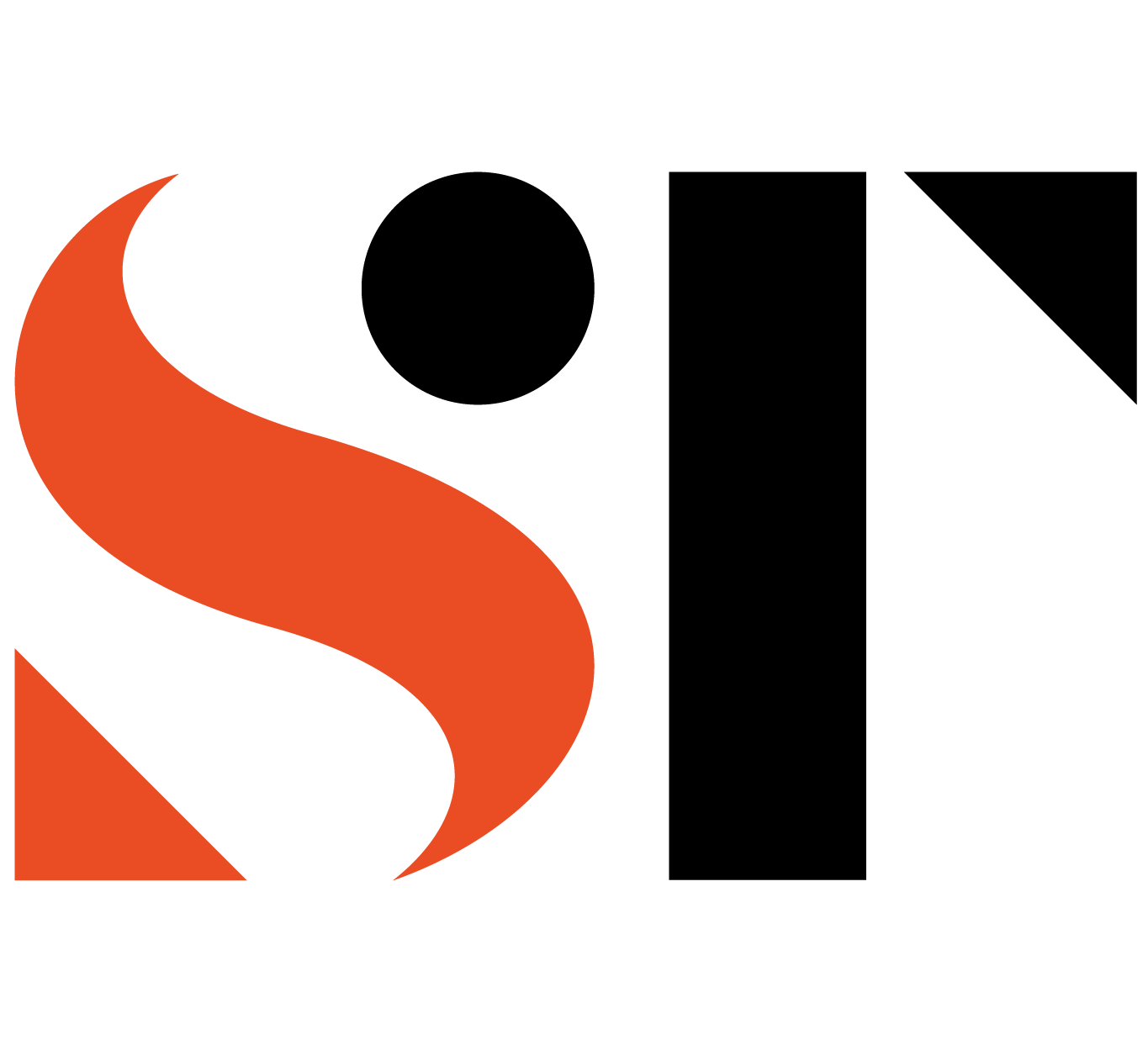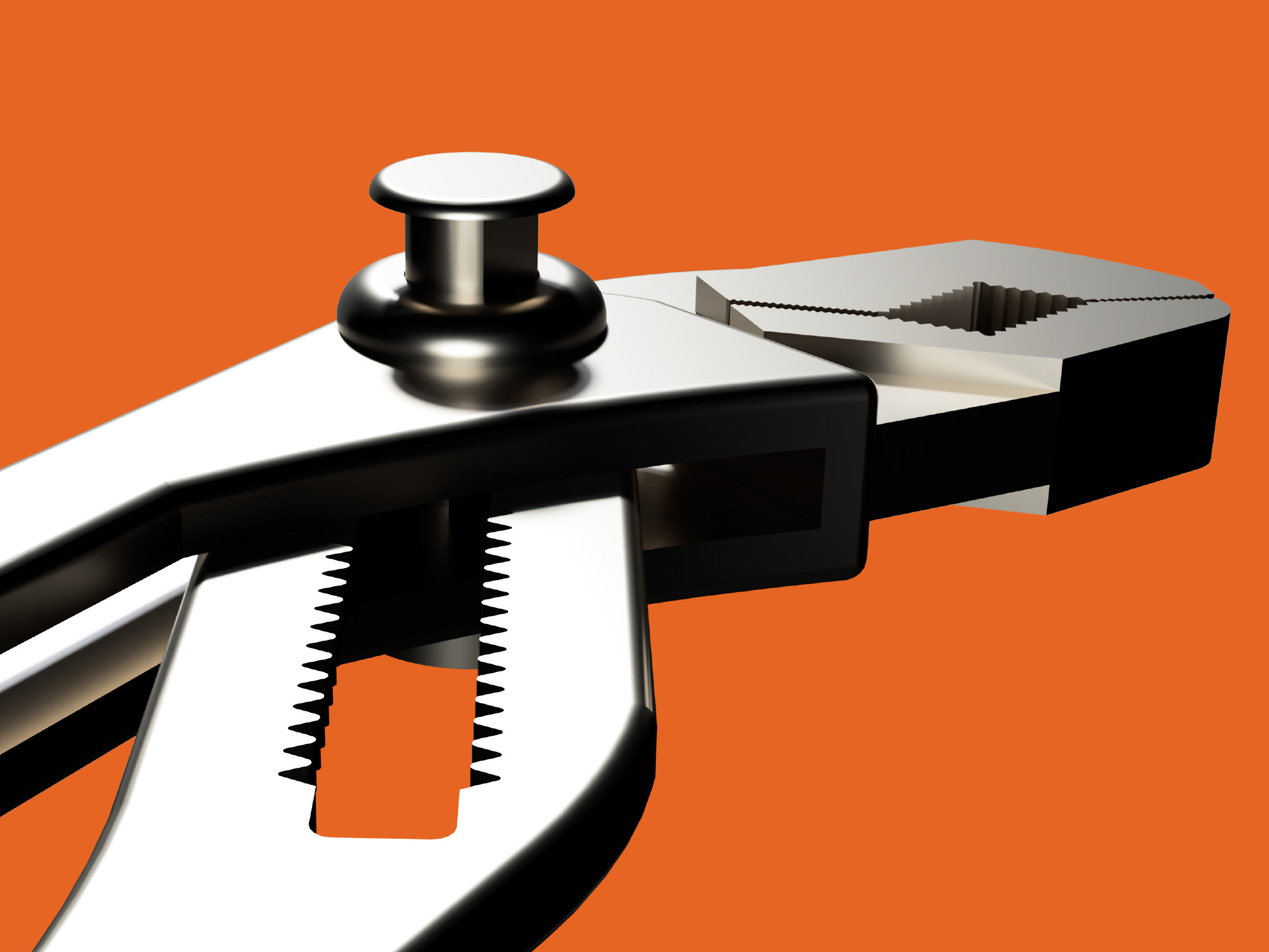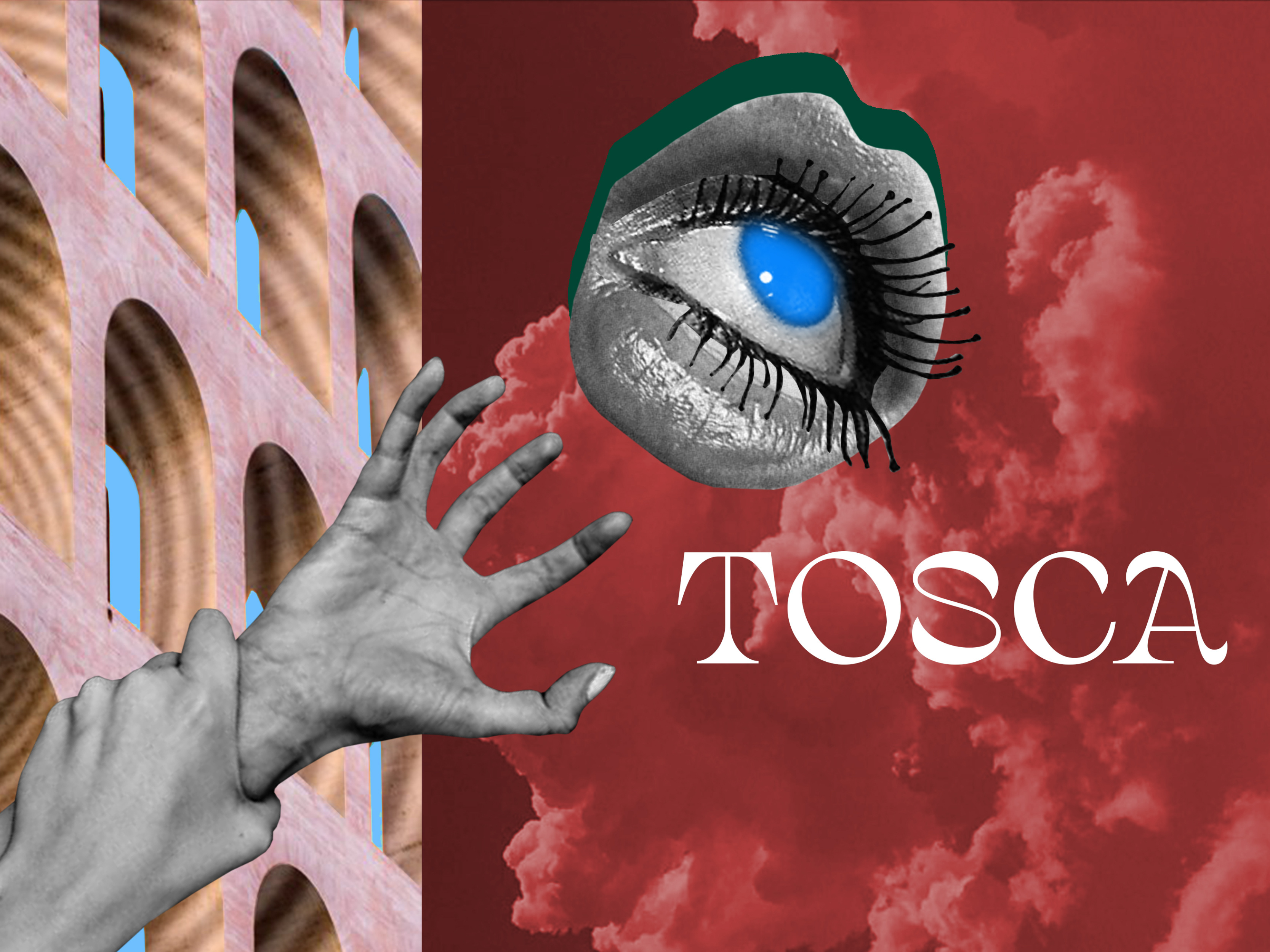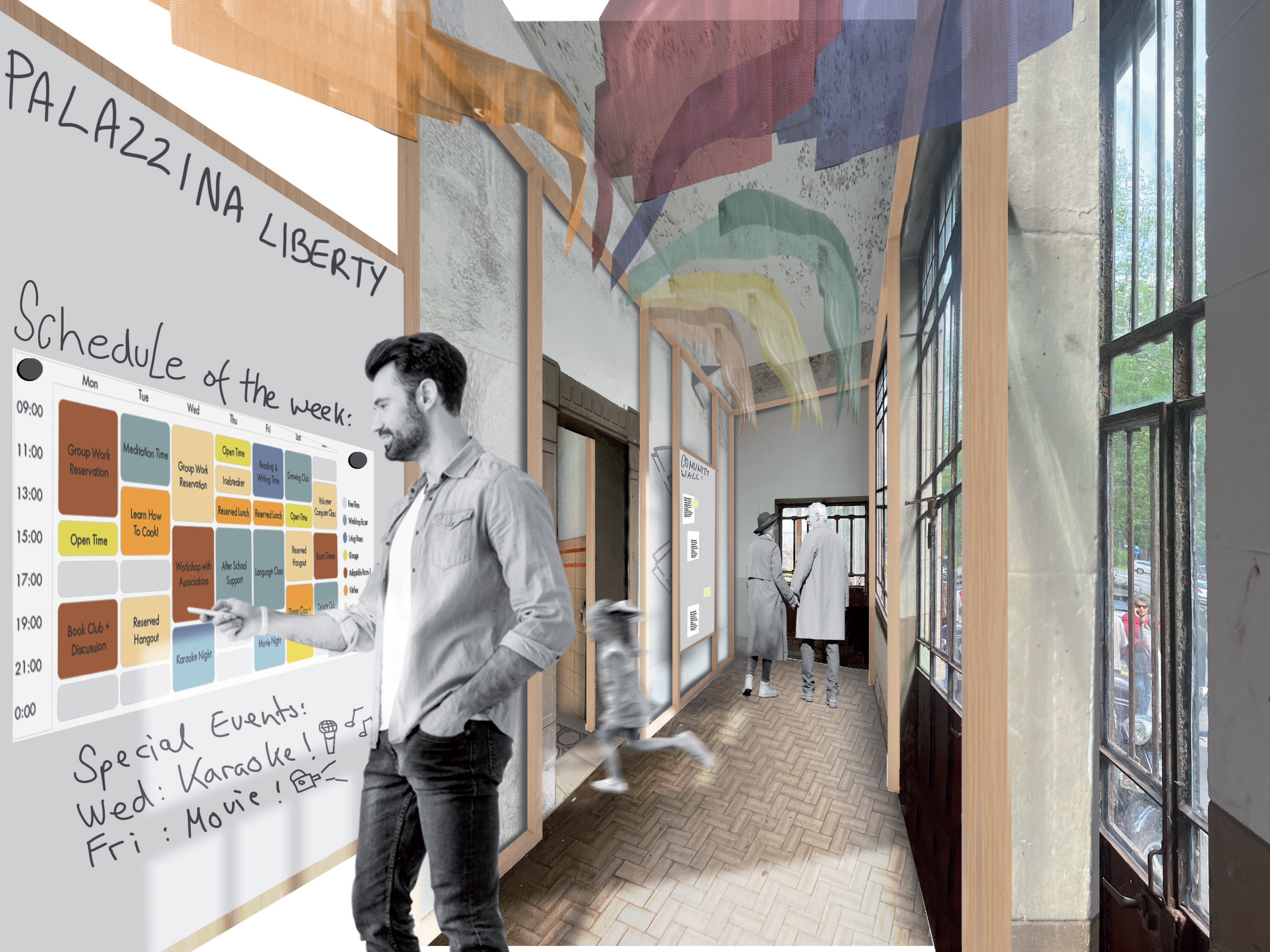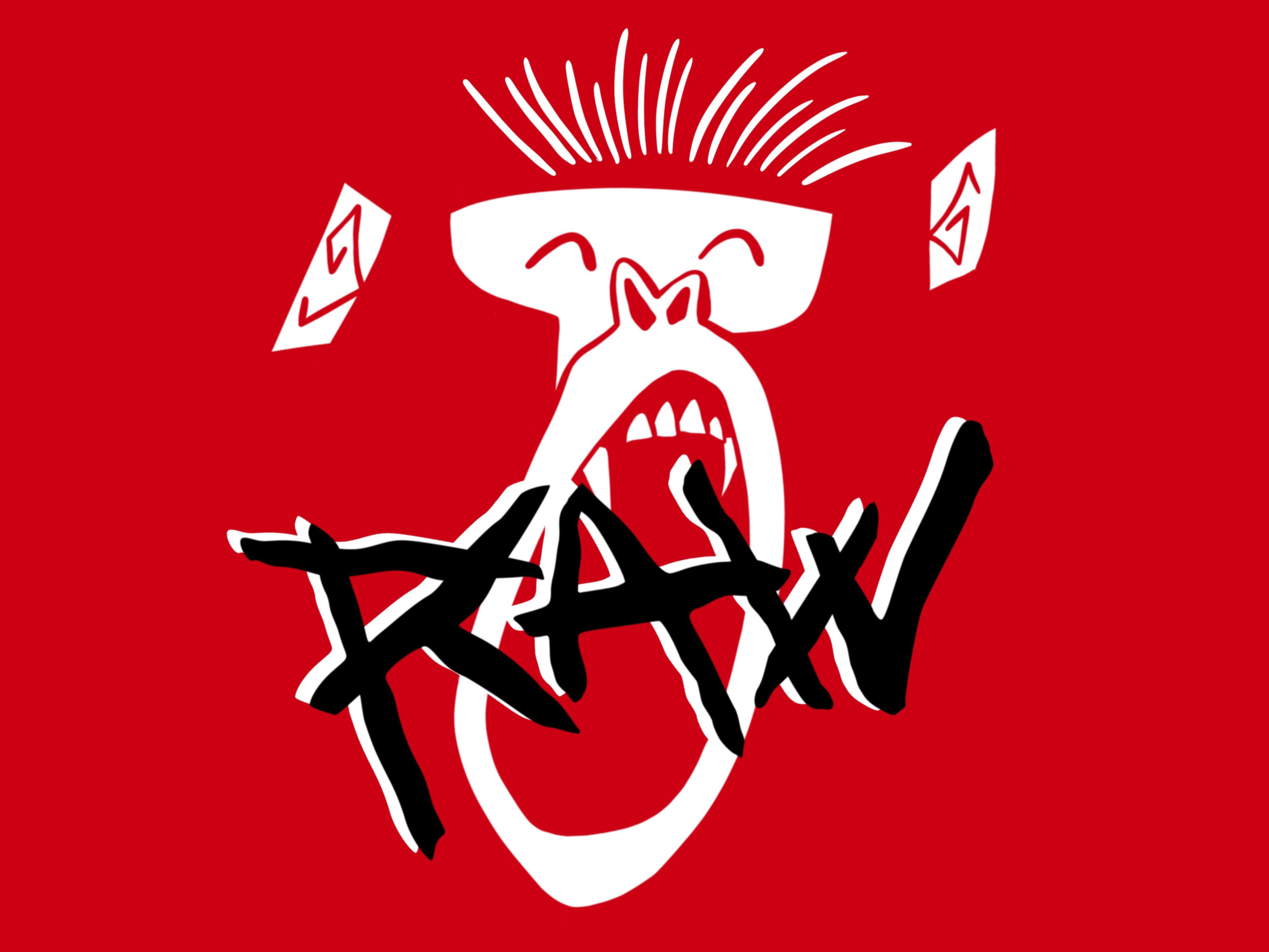Completed within a short 5 days, the project of Trans Joy revolves around the concept of the 'Queer City' where we can create inclusive spaces and services towards any citizen of any background, but especially to those who belong to the LGBTQ+ community. In this case, the focus of the project revolves around the transgender community in Milan's Municipio 3.
Our challenge was to create an inclusive and educational space that highlighted trans stories and experiences towards other LGBTQ+ people, and to users who are unaware of what being trans means to different people. Specifically, Trans Joy takes place in the Piazza Leonardo da Vinci, in the heart of the Politecnico di Milano university.
After our desk research was quickly done in a short time frame, along with informal interviews done to different users, we wanted to get into the meat of the project by conducting a co design session with our main stakeholders: Poliedro, the LGBTQ+ student association present in the Politecnico di Milano, Agedo, a queer association that involves families and friends of trans and queer people, and several people working in the city hall in the 3rd municipality of Milan.
Participants from the wide variety of stakeholders were able to answer to our main prompt with a myriad of different ideas. We captured this whole process in video format, as seen above, and this really gave the project a very specific and tangible target audience. From this session, we were able to extract our most vital conclusion: transgender people, beyond active discriminations they face institutionally, are tired of having to constantly explain themselves and be the "universal educator" on trans rights and complexities when they find themselves in social environments.
This is why the intervention is called Trans Joy, to explore the many positive aspects one can find in being trans, and how sharing these experiences can contribute to all members of a city.
From here, we were able to formulate our personas to fully understand the needs and motivations of each of our potential archetypical users. Through both the use of the personas as an analytical tool, and the conclusions and testimonies extracted through the co design and interview sessions, the concept behind the project became cristal clear.
The concept collage visually explained to others and ourselves what exactly we were trying to achieve through our intervention in the Piazza - a Journey of Self Discovery.
This journey would take the user through a visual pathway where one can interact with the educational resources provided as they see fit, and with as many as they are interested in. Additionally, we did not want this spatial intervention to be merely static in its relationship with viewers and passerby, but to also ask for direct participation from them through the form of storytelling. These narrations and personal stories and recommendations are part of immersing oneself in the journey of being a trans person.
The map showcases where each point in our journey would be located at. As Trans Joy aims to engage people around the transgender joy and inform them about the history, issues and associations they can join, we first need to understand who passes through and at what times, since a large number of people share this plaza. They're together, but are they sharing their opinions? How can they connect without limitations? How can the queer community tell their story?
Through these posed questions, the content and modularity of the intervention and service provided was mapped out.
In order to create awareness and inform the interacting users of the joy of being trans, we wanted to allow people to communicate indirectly with the use transparent boards as a meeting and connection point. To create a more understanding environment for everyone.
Certain resources were not only planned but prototyped with as much proximity to the final result as possible within the timeframe. For example, the instagram received many new followers and interactions, story reposts etc. as people witnessed and took part in the final prototype of the Trans Joy intervention.
Additionally, the curated content such as historical context were incorporated throughout the digital and physical touch points.
Before reaching the final prototyping stage with real users, different renders were developed in order to give an idea of what the final result would look like beyond the quick prototyping session. These renders were then programmed to work in a 360 degree virtual reality headset that would allow anyone to immerse themselves in the projected result.
